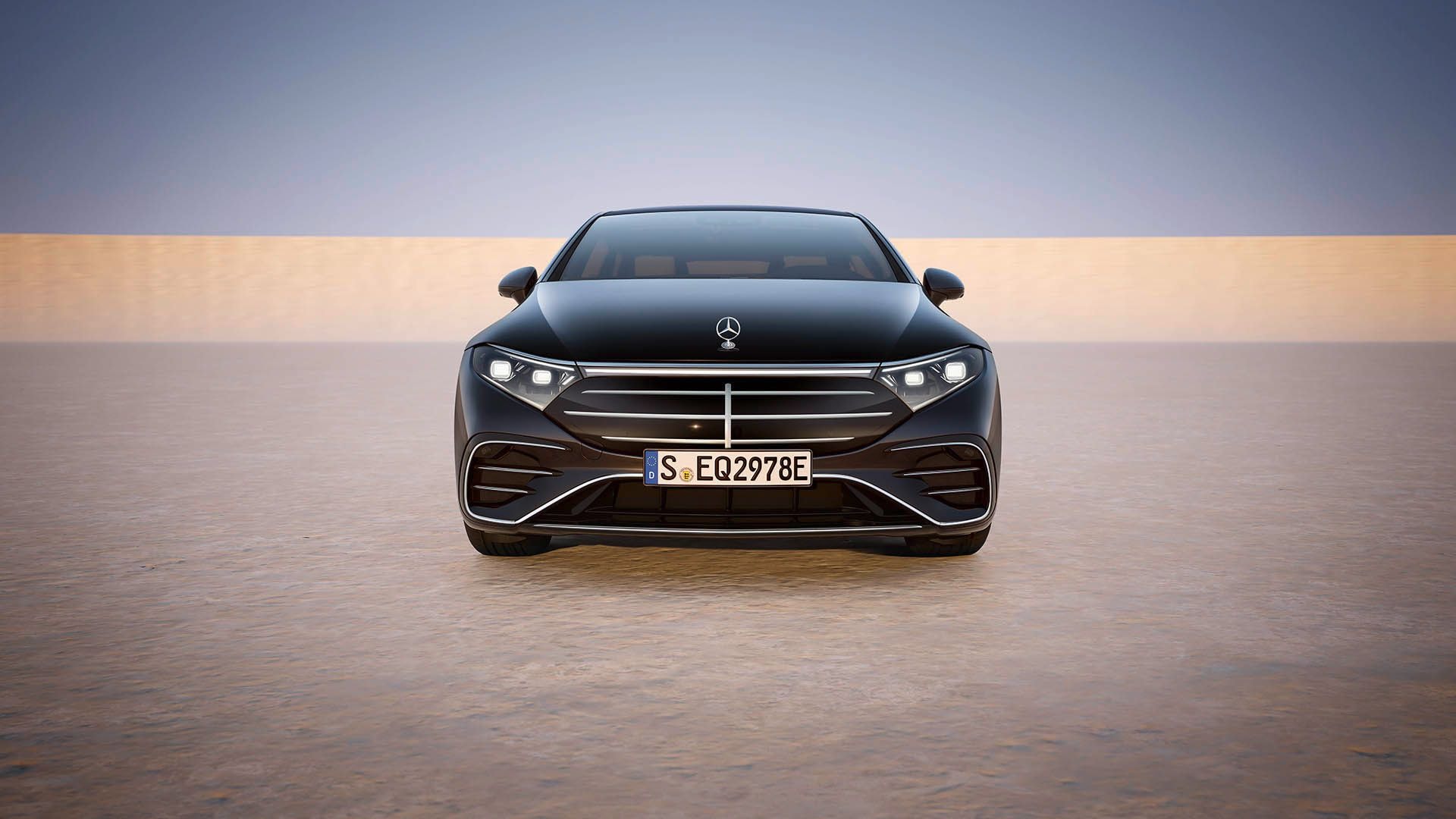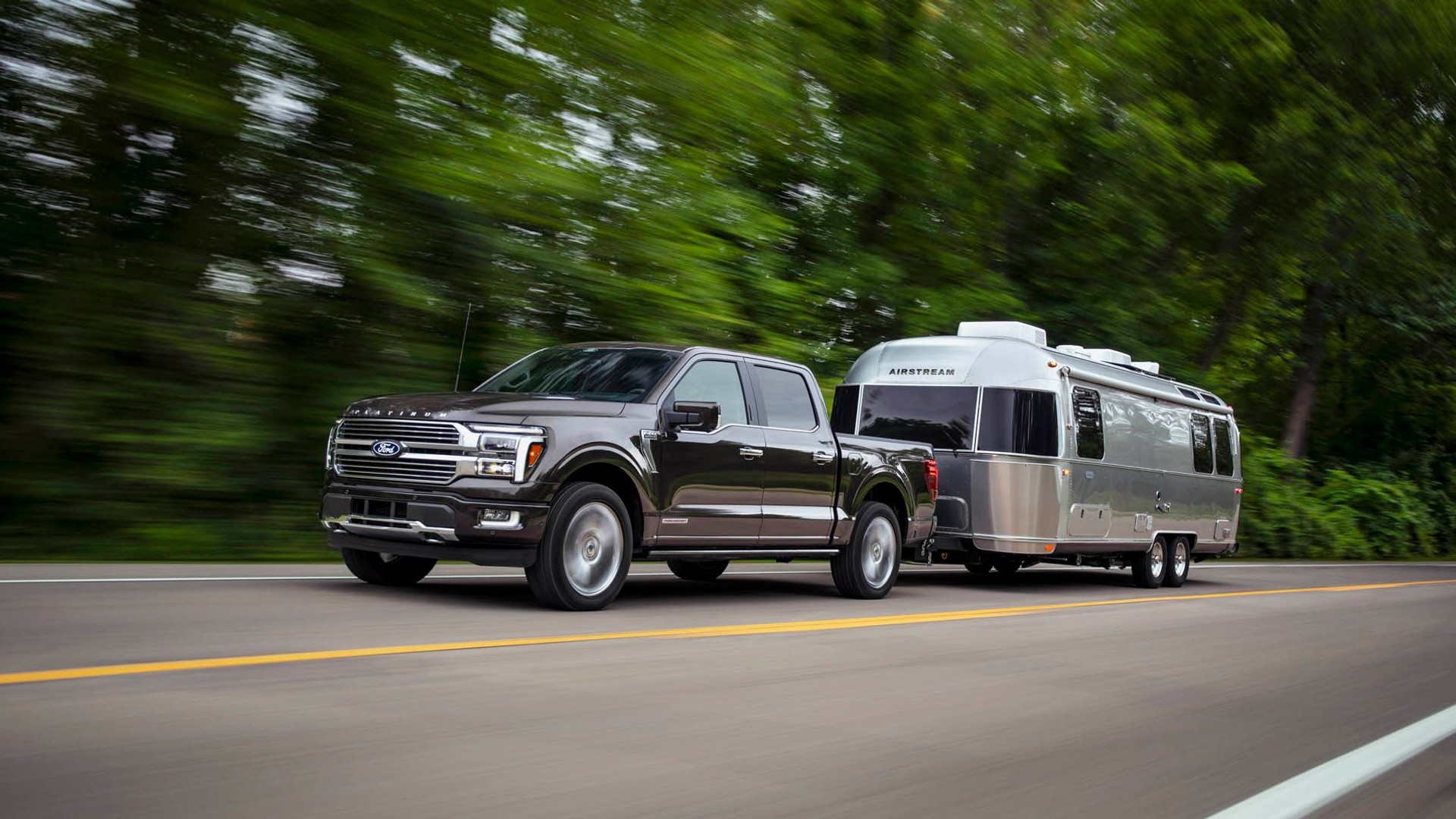If you have friends in Europe, you might have heard them complaining of gas prices topping $8 per gallon. It's certainly enough to make you feel better about the average $3.60 a gallon drivers pay in the U.S.
Until you see what our counterparts in Venezuela are paying for gas--with the nation's subsidies, drivers pay a nominal 5 cents per gallon, or thereabouts.
But they might have to start paying more soon, and it could be the incentive drivers there need to finally buy greener vehicles.
At the moment, Venezuelan drivers have no incentive to buy fuel-efficient vehicles.
Most, says The Detroit News, roll around in decades-old American iron or if they're a little more wealthy, large SUVs. Such is life in a country where gas is a sixth the price of bottled water.
Those gas-guzzling older vehicles and the cheap gas, smog-producing though it is, is seen as a birthright in the country--and previous attempts to raise prices have seen violence and rioting. That was back in 1989, when then-President Carlos Andres Perez raised gas prices as an austerity measure.
The riots that resulted--and the 300 deaths caused in the unrest--have acted as a powerful political deterrent since, and prices have remained frozen for decades.
In modern times though, things are a little different. Venezuela is struggling with 54 percent inflation, collapsing currency and a huge financial deficit. The country spends 16 percent of its public income on energy subsidies, and around $12.5 billion per year--something that can no longer continue.
So far, Venezuelans seem relatively unfazed by the potential increase in gasoline cost.
Nobody really knows how far the price will climb, and realistically it'll still be cheap even if it multiplies by many times. More than a few drivers spoken to by The Detroit News suggest they'll carry on as normal--whether that's driving two blocks in a Jeep Cherokee for a load of bread or covering hundreds of miles in a mid-70s Ford station wagon held together by string.
Environmentally, as well as politically, a gas price rise could be seen as vital.
5 cents per gallon is far cheaper than the economy could realistically support, so the economic counter-argument of keeping prices low is moot here. On a macroeconomic scale there would be huge benefits for a government currently spending vast amounts of money to subsidize drivers.
But cars have made huge strides in economy over the last few decades. They're much cleaner too. And Venezuela is a country full of drivers who aren't making use of those advancements, spewing out pollution at decades-old levels.
Modern cars are available, but the incentive to buy them when there's little cost advantage to their fuel-saving is tiny. Higher fuel prices might change that--slightly.

Old car in Cuba (Image by Flickr user jeminke, used under Creative Commons license)
Cars could be getting greener in Cuba too, as The Detroit News reports on the country lifting its restrictions on the purchase of cars by citizens.
Previously newer vehicles were available only by permit and through the state--a situation, combined with trade restrictions, resulting in many Cubans driving decades-old and highly over-priced jalopies.
Both Venezuela and Cuba are illustrative of the unusual market conditions in some South and Central American countries that see older, dirtier cars enduring and drivers priced out of newer vehicles.
But improving transportation and reducing oil use should be a holistic concept, and that means cleaning up vehicles where they're worst--as well as subtle improvements to existing vehicles in markets like Europe and the U.S.
_________________________________________













